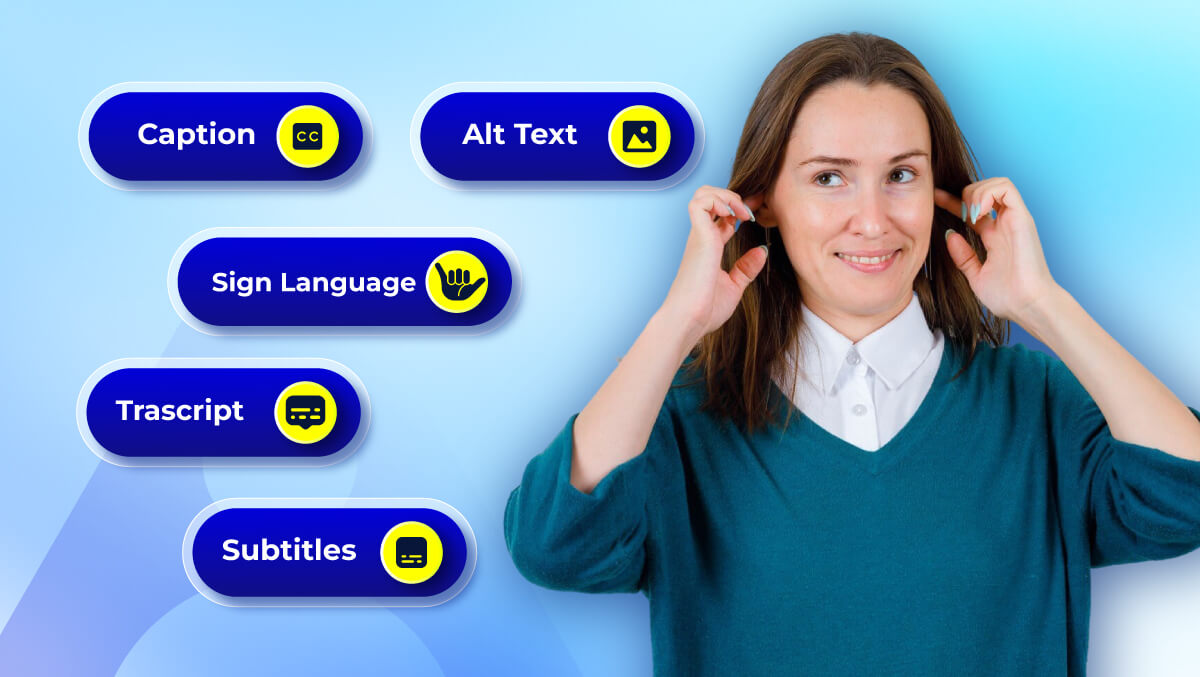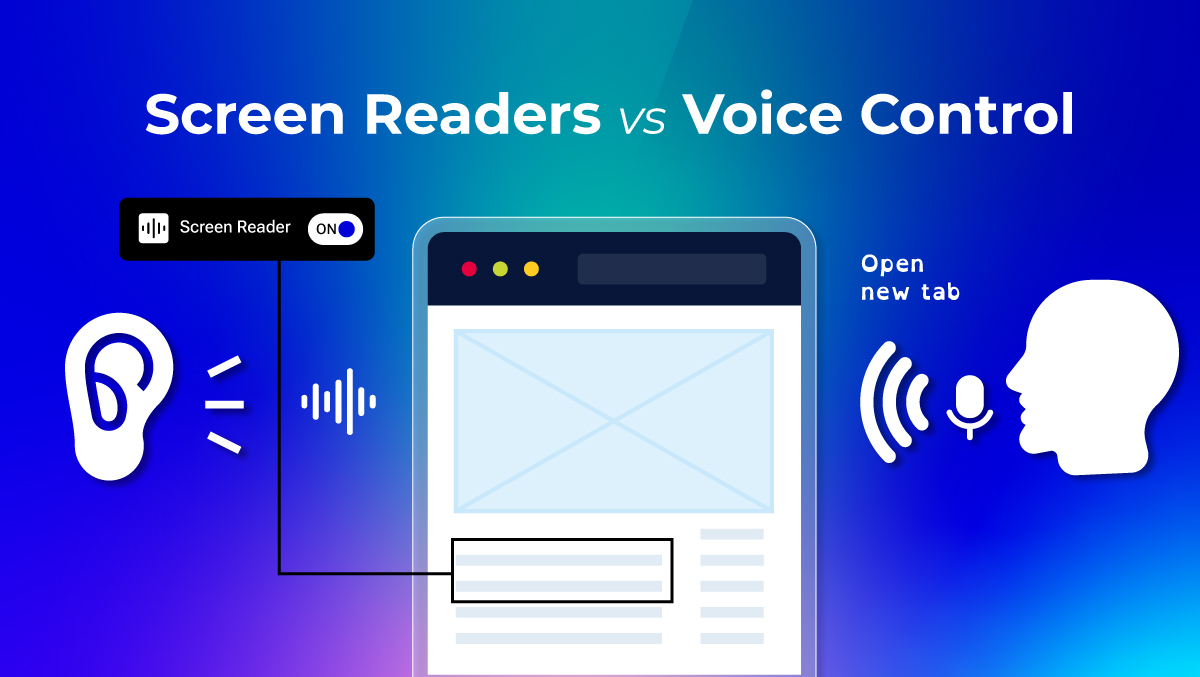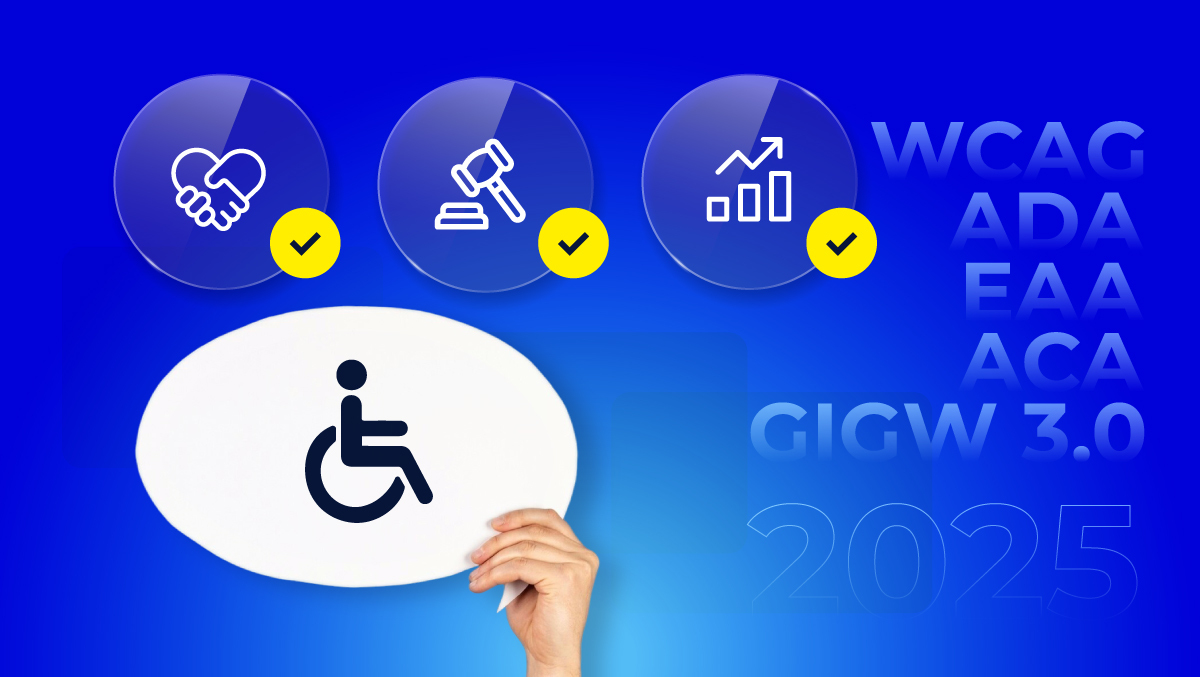What Are Screen Readers? Guide to Screen Reader Accessibility

Why Screen Reader Accessibility Matters More Than Ever
Have you ever wondered how people with visual impairments navigate the web? While many of us rely on visual cues to browse a site, millions depend on screen readers to experience the digital world.
Yet, many websites still fail to support screen reader accessibility, unintentionally excluding users from accessing information, completing transactions, or even reading a simple blog.
In this beginner-friendly guide, you'll learn:
- What screen readers are and how they function
- Why accessibility isn’t just a checkbox but a necessity
- Actionable steps to make your website screen reader-friendly
Let’s dive in and explore how inclusive design can empower every user.
What Is a Screen Reader?
A screen reader is a type of assistive technology that converts digital content into speech or Braille output. It enables blind or visually impaired individuals to read, browse, and interact with computers and websites, without needing a visual display.
These tools interpret the semantic HTML structure of a webpage and provide users with information about headings, links, buttons, images, and even form fields.
Popular Screen Readers:
| Screen Reader | Platform | Notes |
| JAWS | Windows | Paid, feature-rich |
| NVDA | Windows | Free, open-source |
| VoiceOver | macOS/iOS | Built-in, gesture-friendly |
| TalkBack | Android | Integrated into Android devices |
How Screen Readers Work: A Behind-the-Scenes Look
Screen readers analyze a page’s underlying code (not its visual appearance) and deliver content to the user through:
- Text-to-Speech (TTS) engines that vocalize text
- Braille displays for tactile reading
- Keyboard navigation to move across headings, links, buttons, and forms
They rely heavily on semantic HTML, accessible design, and properly labeled content. Without these, screen readers may skip or misinterpret important parts of the website.
Why Screen Reader Accessibility Is Crucial
Making your website screen reader-accessible isn’t just a “nice-to-have”, it’s essential. Here's why:
1. Legal Compliance
Laws like the Americans with Disabilities Act (ADA) and the European Accessibility Act (EAA) mandate digital accessibility. Non-compliance can lead to lawsuits and reputation damage.
2. Expanded Audience
There are over 2.2 billion people globally with visual impairments. Accessibility ensures your content reaches a wider audience.
3. Improved SEO
Accessible websites are often more semantically structured, leading to better search engine indexing and visibility.
4. Better UX for Everyone
Accessibility features such as keyboard navigation and structured content benefit all users, not just those using screen readers.
How to Make Your Website Screen Reader-Friendly
1. Use Semantic HTML Elements
Screen readers rely on clear HTML structure. Always use:
- <h1> to <h6> for headings
- <button> for interactive elements
- <nav>, <main>, <article> for sections
2. Write Descriptive Alt Text for Images
Images must have alt attributes that describe their purpose:
- ❌alt="img123"
- ✅alt="Person typing on a laptop at a coffee shop"
3. Label Form Inputs Clearly
Use <label> tags and associate them correctly with form fields using for and id attributes. This ensures screen readers announce what each field is for.
4. Support Keyboard Navigation
Ensure users can access all content and functionality using only the keyboard (e.g., Tab, Enter, Arrow keys).
5. Use ARIA Roles Thoughtfully
ARIA (Accessible Rich Internet Applications) can enhance dynamic content accessibility but should never replace semantic HTML. Use it to clarify roles and states when necessary.
6. Avoid Visual-Only Cues
Don’t rely on color or icons alone to convey meaning. Include visible labels and context.
Real-World Example: Retail Accessibility Done Right
A popular e-commerce brand improved conversion by 17% after implementing screen reader-friendly features like:
- Structured product titles using headings
- Alt text for all product images
- Proper labeling for size/color selectors
- Keyboard-accessible checkout process
Accessibility doesn’t just fulfill legal requirements — it drives real business results.
Common Mistakes That Hurt Screen Reader Users
- Using non-descriptive link texts like “Click here”
- Skipping heading levels (e.g., jumping from <h1> to <h4>)
- Not providing labels for form fields or buttons
Using tables for layout (instead of CSS grid or flexbox)
Conclusion:
Designing for screen reader accessibility isn't just about compliance, it's about digital empathy. When you create content that everyone can access, you build a more inclusive, impactful, and successful online presence.
Whether you're a developer, marketer, or business owner, accessibility is a shared responsibility, and a long-term advantage.
FAQs About Screen Reader Accessibility
No, you can use built-in tools like VoiceOver (Mac) or download NVDA (Windows) for free testing.
No. ARIA is helpful but should only be used to enhance, not replace, semantic HTML.
Test with real users, use tools like WAVE or Axe, and follow WCAG (Web Content Accessibility Guidelines).
Yes, but only if the content is rendered properly and is part of the accessible DOM with correct roles and states.
Screen magnifiers enlarge content for users with low vision, while screen readers convert content to speech or Braille for users who are blind.



